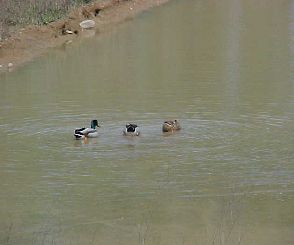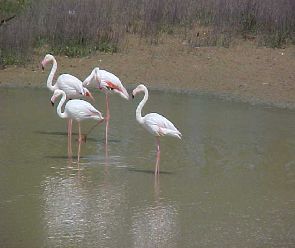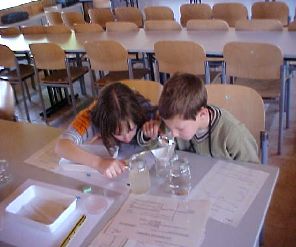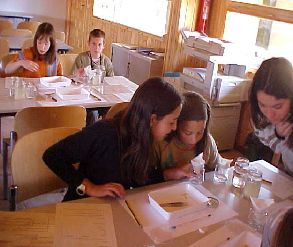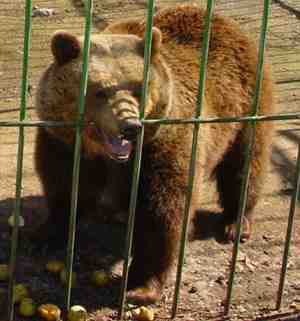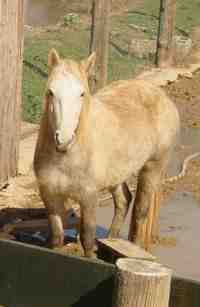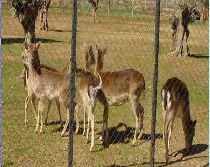OUR
VISIT TO VALLCALENT
Last 10th of April we visited the "Centre of Fauna Recuperation" in Vallcalent.Those centres are like an animal hospital, they take wounded animals that they or any person can find and they heal them. It' s also like a hotel for the animals during its migration for they have food and nests to rest and to eat in their long journey going south.
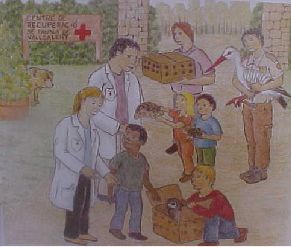
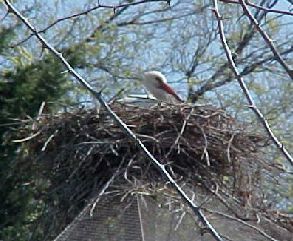
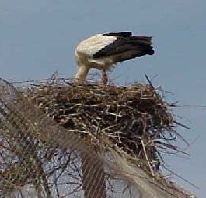
We also noticed how big the nest was. They told us that its weight can reach 500kg, the stork goes building on the same nest every year, and sometimes, they have to take away a part of the nest for it represents a danger, because it can fall down or destruct the structure that holds the nest. There were some other storks that only use the centre in its migratory journey, they only rest and eat there.
They divided us into two groups depending on our levels. We start the visit, and first we saw a video that explained what did they do there, what kind of animals they took in, etc. In the room there were some reproductions made at real scale of some of the beautiful birds that live in our mountains.
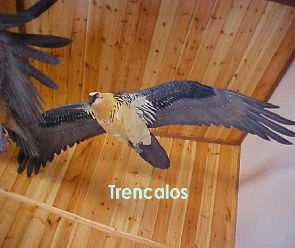
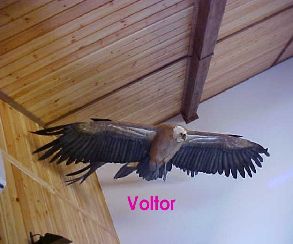
After that we visited the zone where the convalescent birds were, some of them are into a huge cage and some others fly freely. In the centre, they don't want the birds to be in contact with the human presence for a long time, because it can be dangerous for them, not everybody love animals.In this picture you can see one of the birds that was flying freely.

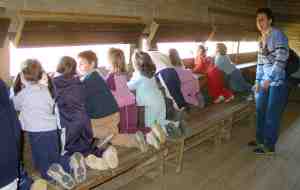
We went to a little wooden cabin, from there we could see a small lake with all the animals that can live there. It was an ecosystem characteristic of humid zones. The animals of the lake weren't in contact with humans; we could only see them from these windows.
